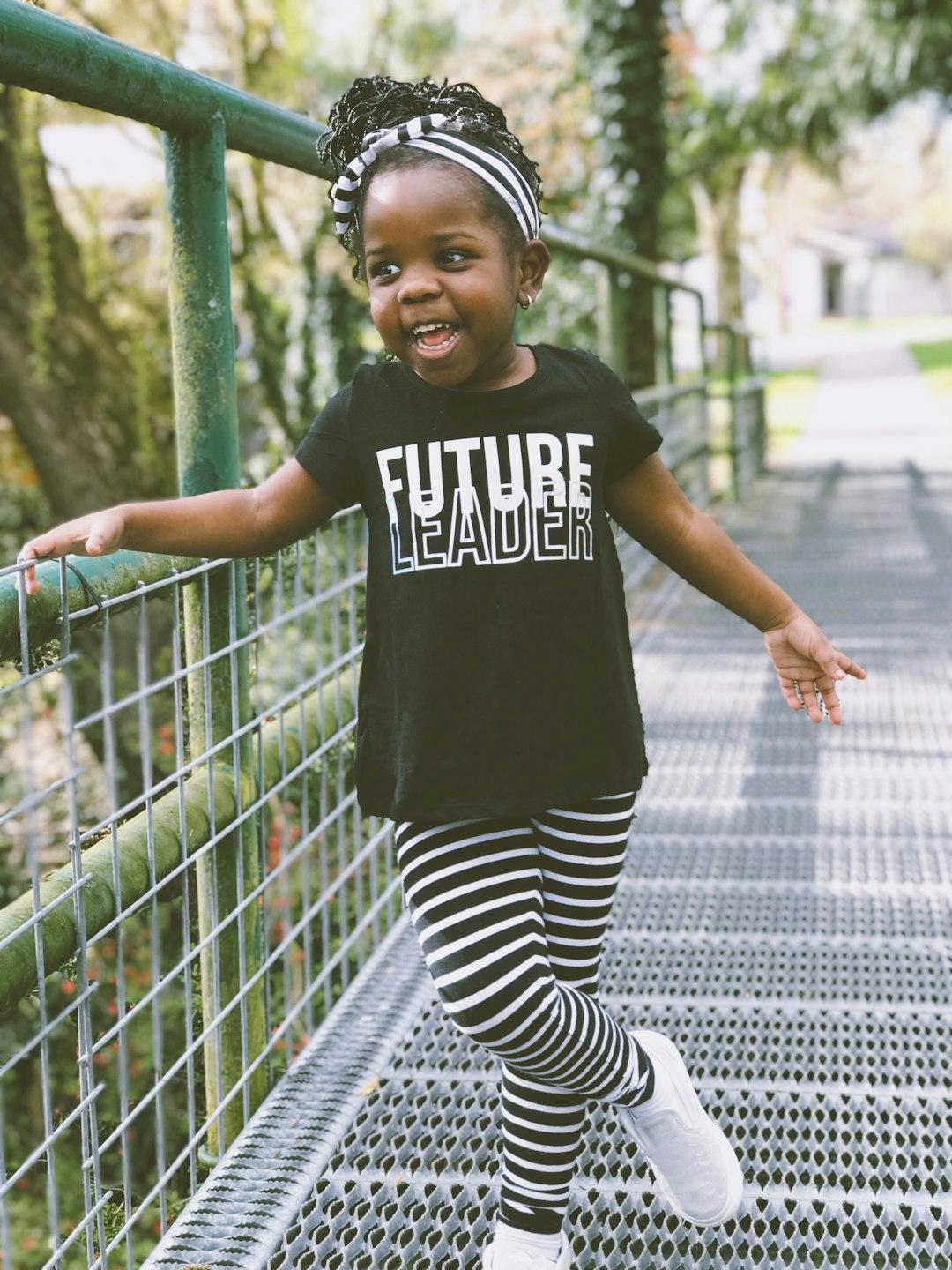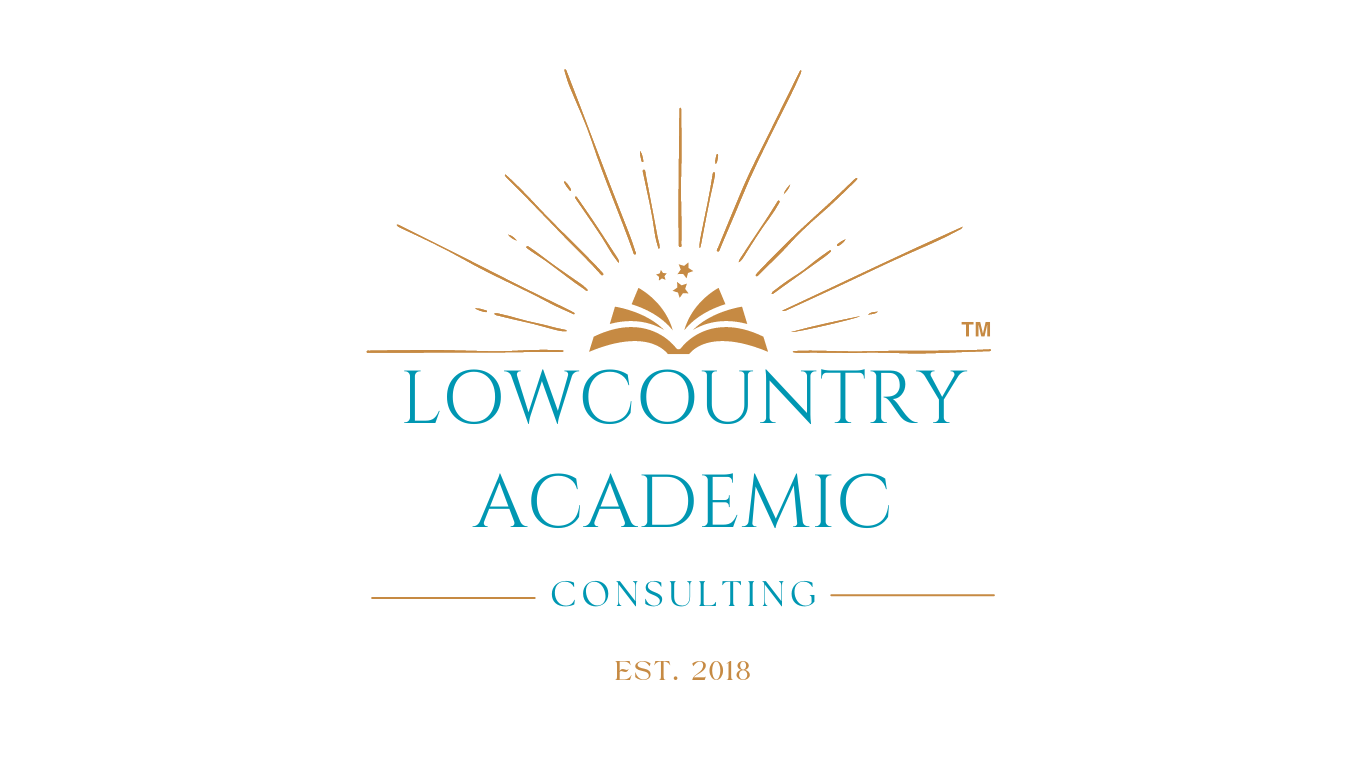
Why Our Words Matter: The Impact of “Disability” on Student Success
Words hold immense power, especially in an educational setting where they can shape perceptions and outcomes. The term “disability” often highlights what a student cannot do, overshadowing their unique strengths and abilities. This focus can negatively impact self-esteem and lower expectations from educators and peers alike. By shifting our language to emphasize what students can achieve, we foster a more inclusive and supportive environment, paving the way for all students to thrive and reach their full potential. In this discussion, we will explore the profound impact of words on student success and how rethinking our terminology can lead to a more empowering educational experience.

The Power of Words
Defining “Disability”
The term “disability” typically refers to a physical or mental condition that limits a person’s movements, senses, or activities. However, this definition can unintentionally create a narrow view, focusing on limitations rather than possibilities. When students are labeled as having a “disability,” it often leads to a fixed mindset about their abilities and potential. Educators and peers may unconsciously lower their expectations, which can stifle a student’s motivation and self-belief. By rethinking how we define and use the term “disability,” we can start to shift the narrative toward a more inclusive and strengths-based approach. This change not only impacts the students directly affected but also promotes a culture of acceptance and empowerment within the educational community. How we define “disability” matters because it shapes our actions, attitudes, and ultimately, the success of all students.
Words Shape Perception
Words are powerful tools that shape how we perceive ourselves and others. In an educational setting, the language used by educators, parents, and peers can significantly influence a student’s self-image and self-worth. When students are frequently referred to in terms that highlight their limitations, like “disabled” or “special needs,” it can create a perception that they are less capable than their peers. This perception can lead to lowered expectations and a lack of opportunities for these students to showcase their strengths. Conversely, using language that focuses on abilities, potential, and growth fosters a positive self-perception. Students begin to see themselves as capable and talented, which can boost their confidence and motivation. By carefully choosing our words, we can help build an environment where every student feels valued and empowered to achieve their best.
The Shift in Perspective
Shifting our perspective from what students cannot do to what they can achieve is crucial for fostering an inclusive educational environment. This change begins with the language we use daily. Instead of focusing on disabilities, we should emphasize abilities, talents, and potential. For instance, rather than saying a student “suffers from a disability,” we could highlight their unique learning styles or strengths. This shift not only changes how educators and peers view these students but also how the students view themselves. When students hear positive, ability-focused language, they are more likely to develop a growth mindset. This mindset encourages resilience, effort, and a belief in one’s capacity to improve. By adopting this perspective, we pave the way for all students to thrive, participate fully, and reach their full potential in a supportive and empowering educational setting.
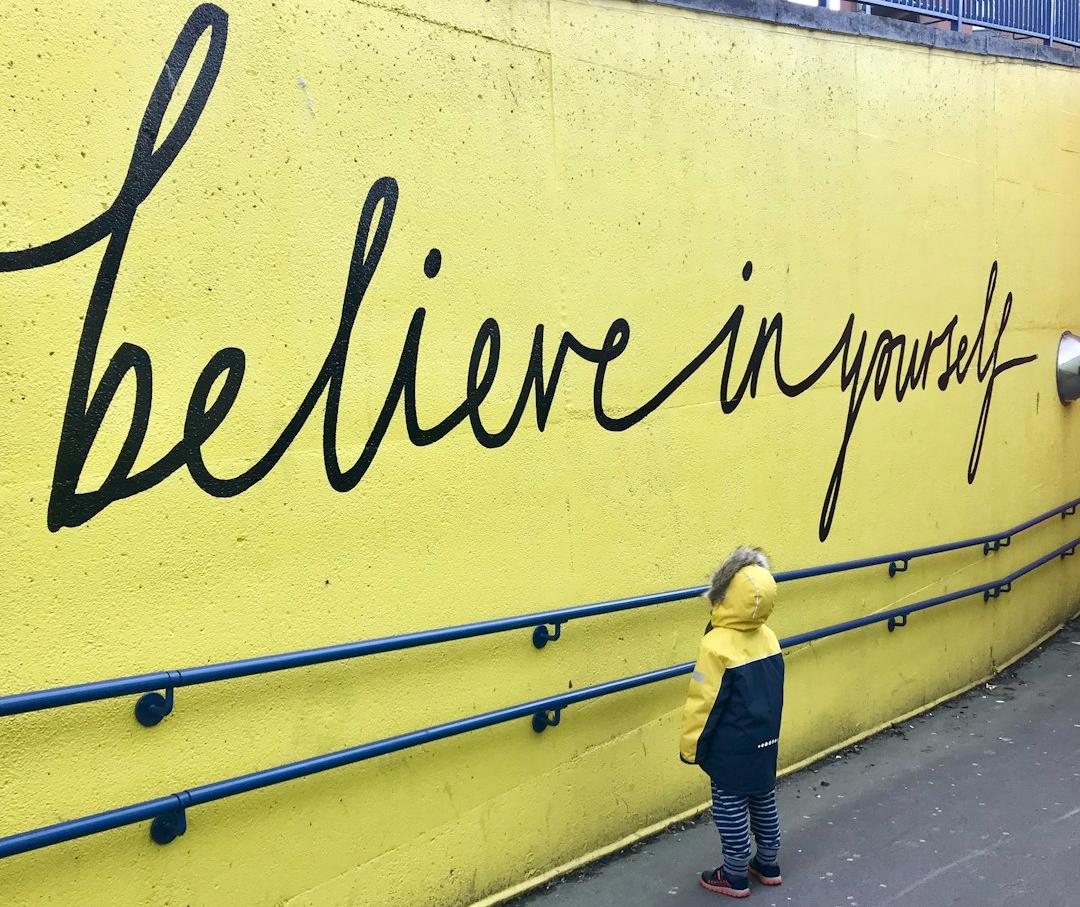
Impact on Student Success
Negative Self-Perception
Negative self-perception can be a significant barrier to student success. When students are constantly reminded of their limitations through labels like “disabled,” it can erode their self-esteem and self-worth. This negative self-view can lead to a lack of confidence, decreased motivation, and ultimately, poorer academic performance. Students may start to internalize these labels, believing that they are less capable or intelligent than their peers. This can create a cycle of low expectations and underachievement, where students do not push themselves to excel because they do not believe they can. By shifting the focus to what students can achieve and emphasizing their strengths, we can help break this cycle. Encouraging a positive self-perception fosters resilience, confidence, and a willingness to take on challenges, all of which are essential for academic and personal success.
Lowered Expectations
Lowered expectations can be a detrimental outcome when students are labeled by their disabilities. Educators, parents, and peers might unconsciously set the bar lower, assuming that students with disabilities are less capable of achieving high standards. This can limit opportunities for these students to challenge themselves and grow. When expectations are low, students may not be given the same rigorous academic and extracurricular opportunities as their peers, which can hinder their development and future success. Additionally, students often internalize these lowered expectations, believing they are incapable of more, which can stifle their ambition and potential. By maintaining high expectations and focusing on each student’s strengths and abilities, we create an environment where all students are encouraged to reach their full potential. This approach not only promotes equity but also instills a sense of confidence and motivation in every student.
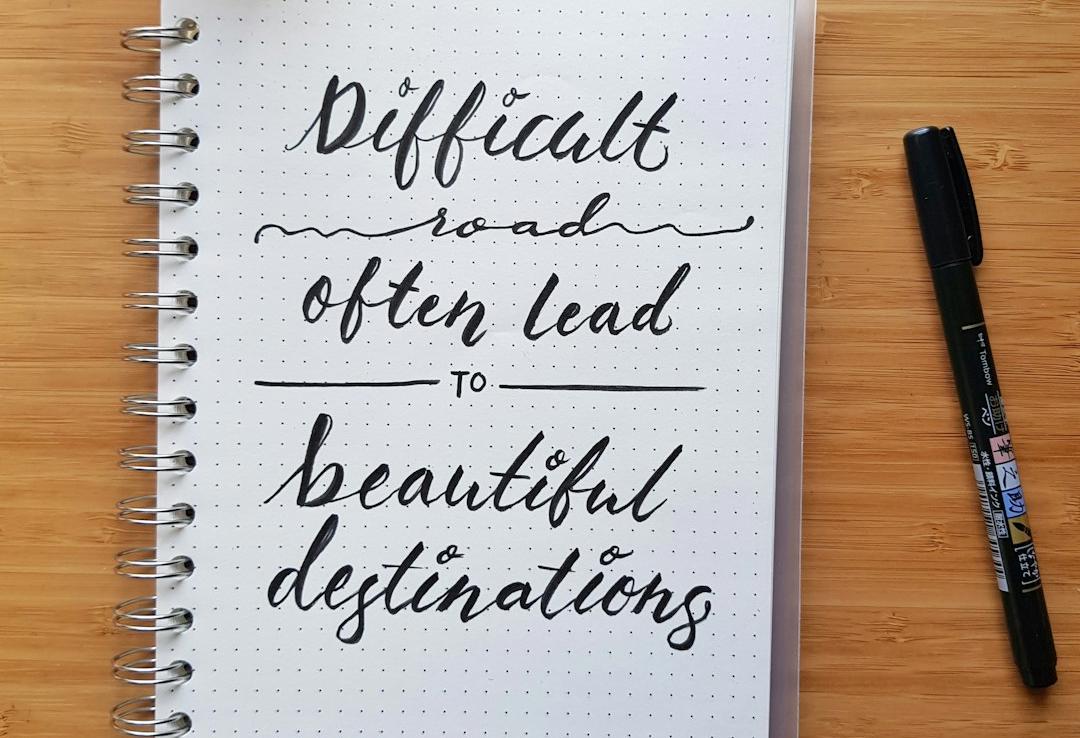
Focusing on Abilities
Highlighting Strengths
Highlighting strengths is a powerful way to shift the focus from disabilities to abilities. When educators and parents emphasize what a student can do well, it fosters a sense of competence and confidence. For example, if a student excels in visual learning but struggles with reading, focusing on their visual skills can open up new pathways for learning and engagement. This approach not only boosts the student’s self-esteem but also encourages them to leverage their strengths in other areas. Moreover, recognizing and celebrating these strengths creates a more inclusive and positive educational environment. It signals to all students that they are valued for their unique abilities. By consistently highlighting strengths, we can help students build a strong foundation of self-belief and motivation, which are crucial for overcoming challenges and achieving long-term success.
Building Confidence in Students
Building confidence in students starts with recognizing and nurturing their unique talents and abilities. When students are consistently reminded of what they can achieve, their self-confidence grows. This is especially important for students with disabilities, who may frequently face challenges that can undermine their self-esteem. By focusing on their successes and areas of strength, we can help these students develop a positive self-image. For instance, providing opportunities for students to excel in areas they are passionate about, whether it’s art, technology, or sports, can significantly boost their confidence. Encouraging students to set and achieve small, manageable goals also helps build a sense of accomplishment and self-worth. As confidence grows, students become more willing to take on new challenges, participate in class, and engage with their peers. Ultimately, a confident student is more likely to succeed academically and personally.
Educator and Peer Support
Educator and peer support play a crucial role in fostering an environment where all students can thrive. Teachers who adopt an ability-focused approach can make a significant difference by tailoring their teaching methods to highlight each student’s strengths. This might involve using varied instructional strategies that cater to different learning styles, providing positive reinforcement, and setting high but achievable expectations. Peer support is equally important. Encouraging students to collaborate and support one another helps build a community where diversity is celebrated, and everyone feels valued. Peer mentoring programs can be particularly effective, allowing students to learn from and support each other. When educators and peers work together to focus on abilities rather than limitations, they create a positive, inclusive environment. This support network can significantly enhance students’ self-confidence and motivation, leading to better academic and social outcomes.
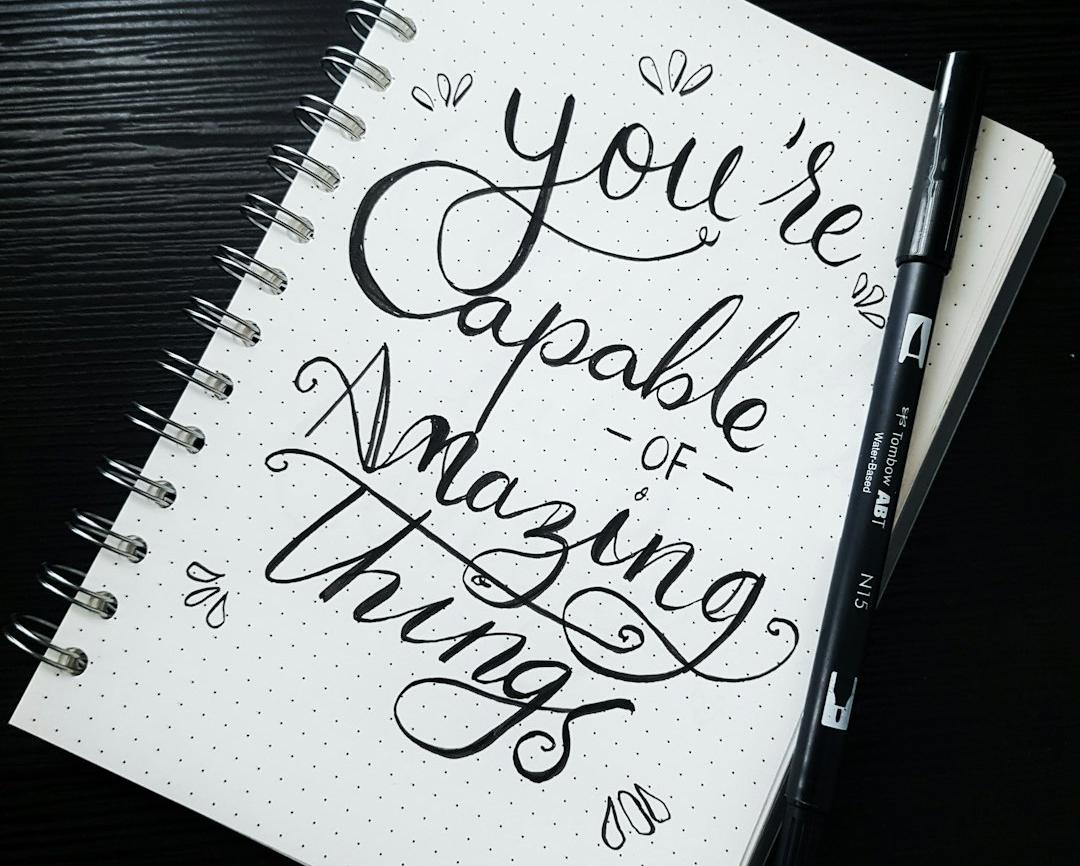
Creating Inclusive Environments
Benefits of Inclusion
The benefits of inclusion in educational environments are far-reaching and impactful. Inclusive classrooms foster a sense of belonging and acceptance for all students, regardless of their abilities or disabilities. This sense of community can enhance social skills, reduce feelings of isolation, and promote positive peer relationships. Academically, inclusive settings encourage diverse instructional methods that cater to various learning styles, benefiting all students. Moreover, when students with disabilities are included, they are exposed to higher expectations and more rigorous academic content, which can lead to improved academic outcomes. For non-disabled peers, inclusion teaches empathy, tolerance, and collaboration, essential skills in today’s diverse world. Overall, inclusive environments prepare students for real-world experiences by promoting mutual respect and understanding. By embracing inclusion, we create a supportive and dynamic learning atmosphere where every student has the opportunity to thrive.
Practical Strategies for Inclusion
Implementing practical strategies for inclusion can transform educational environments into spaces where all students feel valued and supported. One effective approach is differentiated instruction, which involves tailoring teaching methods to accommodate various learning styles and abilities. This can include using visual aids, hands-on activities, and technology to engage students. Another strategy is collaborative learning, where students work in diverse groups to solve problems and complete projects, fostering a sense of teamwork and mutual respect. Additionally, providing professional development for educators on inclusive practices ensures that they are equipped with the skills and knowledge to support all students effectively. Creating an inclusive curriculum that reflects diverse perspectives and experiences also promotes a more engaging and relatable learning experience. Finally, involving families and the community in the educational process strengthens the support network for students, enhancing their overall success. By adopting these strategies, we can create inclusive environments that empower every student to reach their full potential.
Success Stories in Schools
Success stories from schools that have embraced inclusive practices highlight the transformative power of focusing on abilities. For example, a high school in California implemented a peer mentoring program where students with and without disabilities worked together on academic and social projects. This program not only improved academic performance for all participants but also fostered lasting friendships and a supportive school culture. Another inspiring case comes from a middle school in Texas that adopted universal design for learning (UDL) principles. By providing multiple means of engagement, representation, and expression, the school saw a marked increase in student engagement and achievement across the board. In both instances, the schools’ commitment to inclusion led to a more dynamic and supportive learning environment. These stories demonstrate that when schools prioritize inclusivity and focus on strengths, they create opportunities for all students to succeed and flourish.
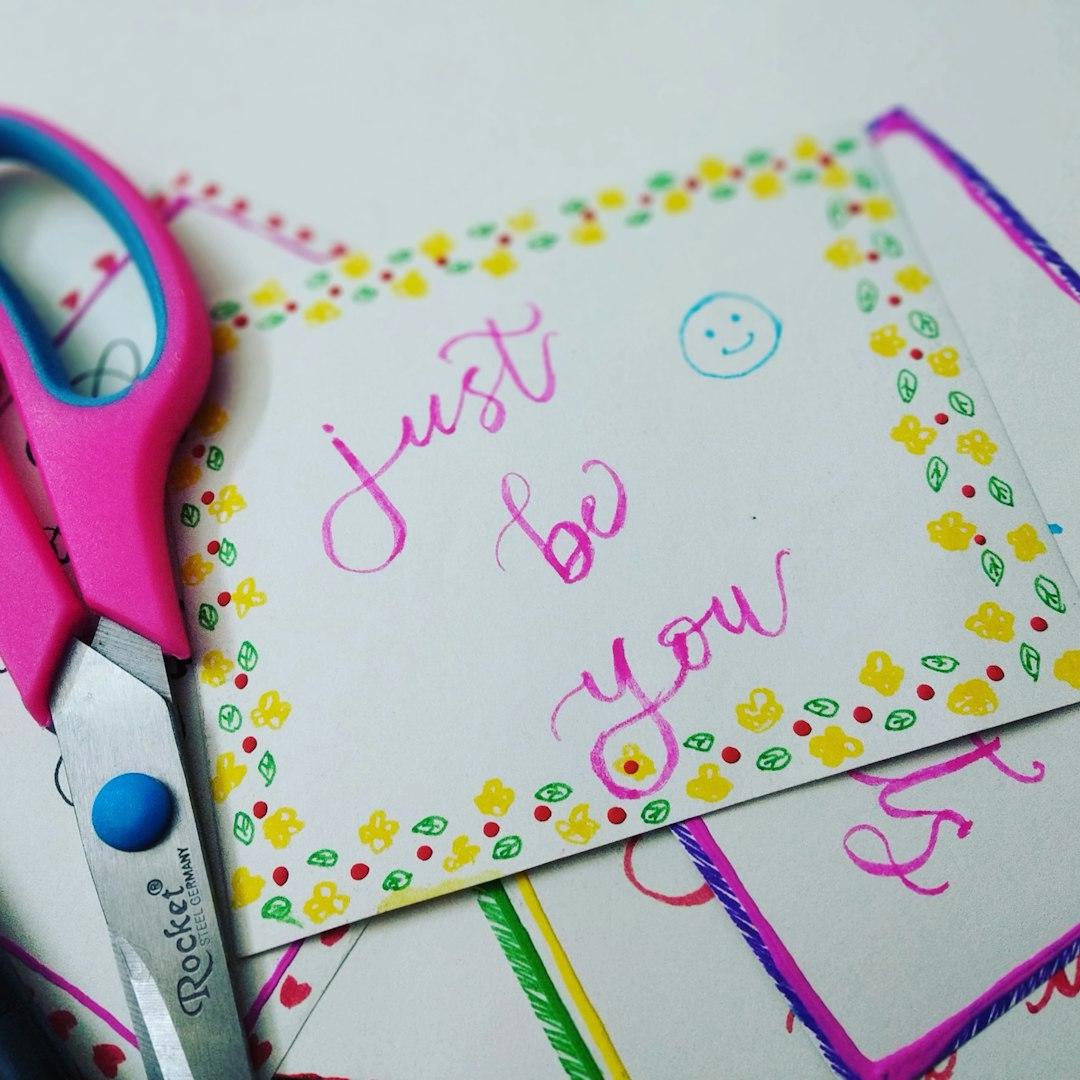
Moving Forward
Changing the Narrative
Changing the narrative around “disability” is crucial for fostering a more inclusive and empowering educational environment. This shift begins with the language we use and extends to our everyday interactions and policies. Instead of focusing on limitations, we should celebrate diversity and highlight the unique strengths each student brings to the table. Advocating for inclusive education practices, such as differentiated instruction and universal design for learning (UDL), helps ensure that all students have access to meaningful learning experiences. Additionally, raising awareness and educating educators, parents, and students about the importance of inclusive language and practices can drive systemic change. By challenging stereotypes and promoting a strengths-based perspective, we create a culture where every student feels valued and capable. This change in narrative not only benefits students with disabilities but enriches the educational experience for all, paving the way for a more equitable and supportive learning environment.
Empowering Every Student
Empowering every student is not just a goal; it’s a necessity for creating a truly inclusive educational environment. Empowerment begins with recognizing and celebrating each student’s unique abilities and potential. By providing opportunities for students to excel in their areas of strength, we help them build confidence and resilience. This can be achieved through personalized learning plans, adaptive technologies, and inclusive teaching strategies that cater to diverse learning needs. Additionally, fostering a classroom culture of mutual respect and support encourages students to take risks and embrace challenges. Empowerment also involves giving students a voice in their education, encouraging them to set goals and participate in decision-making processes. When students feel empowered, they are more likely to engage actively in their learning and strive for excellence. Ultimately, empowering every student creates a dynamic and supportive educational environment where all students can thrive and reach their full potential.
Future of Inclusive Education
The future of inclusive education is promising, with growing recognition of the benefits it offers to all students. Advances in technology, innovative teaching strategies, and increased awareness are driving this positive change. Adaptive learning tools and assistive technologies are becoming more accessible, allowing students with disabilities to engage with the curriculum in meaningful ways. Additionally, educational policies and practices are increasingly emphasizing the importance of inclusion, ensuring that schools are equipped to meet the diverse needs of their students. Teacher training programs are also evolving to include more comprehensive instruction on inclusive practices. As we move forward, collaboration between educators, parents, and communities will be key to sustaining and advancing inclusive education. By continuing to innovate and advocate for inclusive practices, we can create educational environments that not only accommodate but celebrate diversity. The future of inclusive education lies in our collective commitment to empower every student to succeed.
